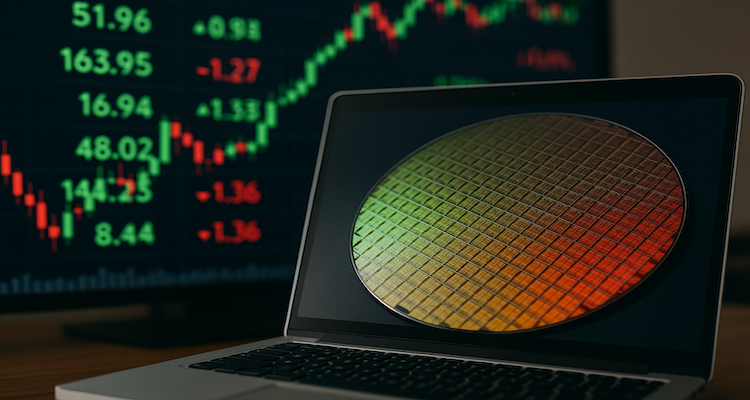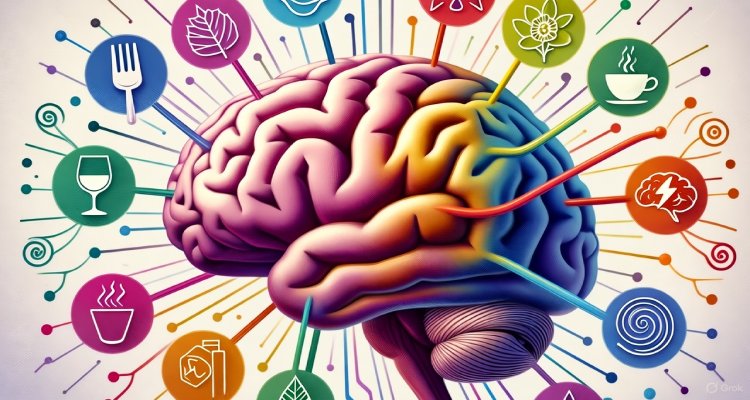AI-Verified: The Next Chapter in Journalism
AI-verified journalism is redefining media credibility, combining technology with human oversight to combat misinformation and restore public trust.
Introduction: A New Gatekeeper for Truth
In an age where misinformation spreads faster than breaking news, journalism faces a defining question: who—or what—can the public trust? Enter AI-verified journalism, a growing movement where artificial intelligence assists in authenticating facts, sources, and images before stories reach the public. For newsrooms struggling with shrinking budgets and an erosion of trust, this marks the beginning of a new chapter.
Context & Background: From Newsprint to Algorithms
The history of journalism has always been tied to its ability to adapt. The telegraph sped up dispatches in the 19th century, radio and television reshaped storytelling in the 20th, and social media in the 21st blurred the line between fact and opinion. Alongside this evolution came a darker challenge: fake news and deepfakes, which weaponize digital tools to manipulate public perception.
Traditional fact-checking methods—while essential—struggle to keep up with the speed and scale of online misinformation. This gap has led major news organizations and startups to experiment with AI systems capable of scanning vast data sets, cross-checking claims, and flagging inconsistencies within seconds.
Main Developments: AI as the Watchdog
Today, AI verification tools are being deployed in three critical areas:
Fact-Checking in Real Time – Algorithms scan newswire reports, government databases, and archives to validate statements from politicians, corporations, or eyewitnesses.
Image and Video Authentication – With deepfakes proliferating, AI can analyze metadata, detect pixel inconsistencies, and determine whether a photo or video has been altered.
Source Vetting – Machine learning models help identify whether a quoted source is legitimate, eliminating bot accounts or fabricated identities that often sneak into digital reporting.
News outlets such as Reuters, The New York Times, and BBC have already begun experimenting with AI-based verification tools. Startups like Truepic and Reality Defender are gaining traction by providing AI-powered authentication for images and videos, while nonprofits like the Content Authenticity Initiative are building industry standards for digital media integrity.
Expert Insight & Public Reaction
Media analysts are divided on what AI verification means for journalism’s future.
“AI can act as a force multiplier for newsrooms,” says Dr. Elaine Harper, a professor of media ethics at Columbia University. “But it must work hand-in-hand with human editors. Algorithms are powerful at scale, but context and nuance are still uniquely human.”
On the other hand, critics warn of overreliance. “If journalists blindly trust AI outputs, we risk replacing one form of bias with another,” argues James Patel, a technology watchdog researcher. “Algorithms themselves are not immune to manipulation, especially if they’re trained on flawed data.”
Public sentiment appears cautiously optimistic. A recent survey by the Pew Research Center found that 61% of respondents would trust a story more if it carried an AI-verified seal, provided there was also transparency about how the system worked.
Impact & Implications: Who Wins, Who Loses?
The ripple effects of AI-verified journalism stretch far beyond newsrooms:
- Readers gain confidence in the information they consume, potentially reversing the trust crisis plaguing media institutions.
- Journalists may see their workload reduced, allowing them to focus on deeper storytelling rather than time-consuming fact-checking.
- Tech companies stand to profit by becoming the backbone of media credibility, raising questions about independence and influence.
- Bad actors face a higher barrier to spreading disinformation, though they may also evolve with more sophisticated tactics.
Governments, too, are watching closely. Some see AI verification as a tool against election interference, while others worry about censorship risks if state-approved algorithms become arbiters of truth.
Conclusion: The Balancing Act Ahead
AI-verified journalism is not a silver bullet, but it represents a pivotal step in the fight against misinformation. The future of credible reporting likely lies in a hybrid model—where technology handles speed and scale, while human journalists provide ethical judgment and storytelling depth.
As with every transformation in media history, the challenge remains the same: maintaining trust. Whether AI becomes a savior or a scapegoat will depend less on algorithms and more on how responsibly newsrooms, governments, and audiences choose to use them.
Disclaimer : This article is for informational and educational purposes only. It does not constitute legal, professional, or financial advice. Readers should verify facts independently before making decisions based on this content.











